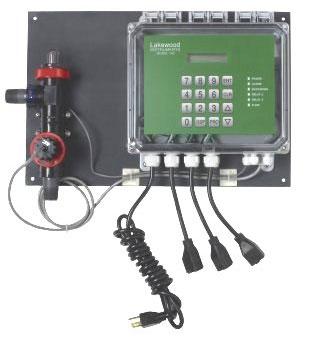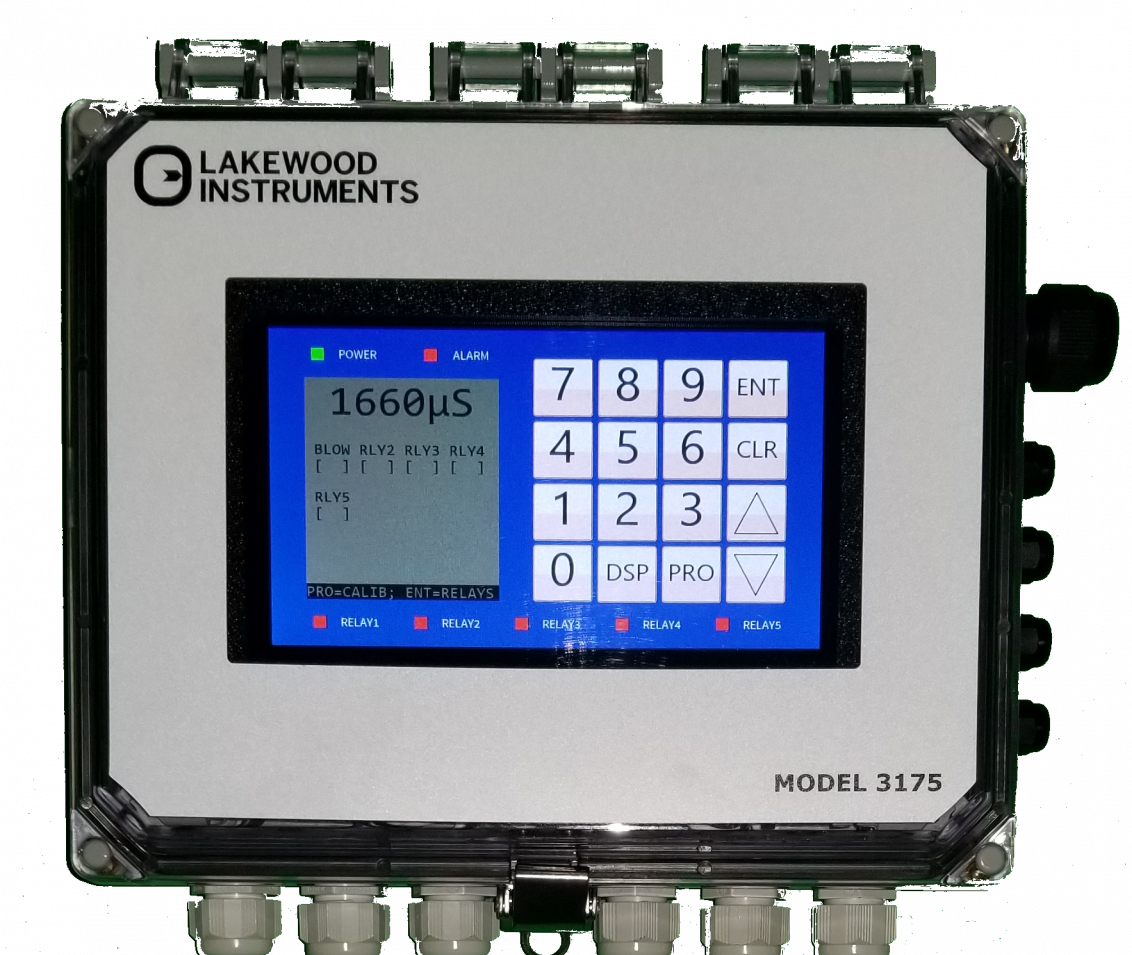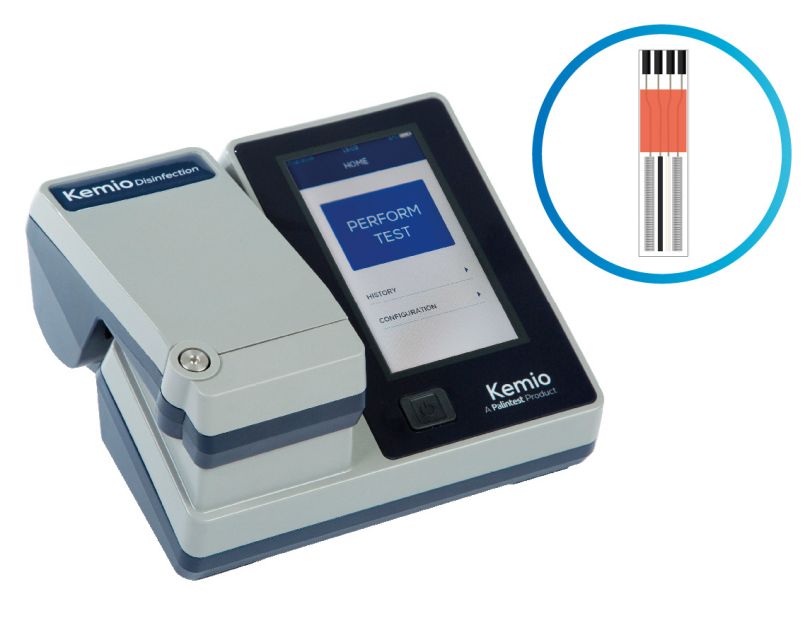Diaphragm, solution to common problems
November 29, 2016 0 Comments

Pump Trouble Shooting Guide
Some problems arise with greater frequency than others. By understanding how and why, preventative measures can be applied to reduce productivity loss, maintenance costs and operator frustration.
The ability of diaphragm metering pumps to inject precise, controlled amounts of chemicals under pressure makes them particularly well-suited to a wide variety of process control applications. Keeping these pumps up and running efficiently demands careful attention to proper installation and maintenance procedures.
Fortunately, most metering pump difficulties are rather easy to correct, particularly since most manufacturers make it a point to test each pump before shipment to their customers. Instead, problems most often stem from other components in the pump installation — piping, for example, or control mechanisms — or with the way the pumps are installed.
Some metering pump-related problems seem to occur with greater frequency than others. By understanding how and why, preventive measures can be applied to reduce maintenance. What follows are a few of the more common problems pump users face.
LOCATION LOGIC
One of the first decisions faced by pump users is where to locate the pump. This may seem like a very simple matter, but all too often it’s where many pump problems begin. An ill-considered placement, where the pump is exposed to extreme temperature conditions, or too far from the supply vessel, can be the source of considerable trouble down the road.
With this in mind, your first step should be to read the manufacturer’s instructions regarding installation and follow the recommendations.
Be sure to mount your pump on a firm, level surface, and allow sufficient access for routine maintenance. Ideally, the suction connection should be below the supply vessel’s liquid level to allow full flooded suction.
- Clogged or blocked suction strainer
- System discharge pressure greater than pump internal relief valve setting
- Starved suction
Always take into account the environment in which your pump will be located, since extreme temperature fluctuations, particularly on pumps installed outdoors, can have a pronounced effect on metering pump performance. For example, pumps installed where temperatures fall below freezing should be equipped with a heat source to prevent chemical freezing.
In addition, you’ll want to sufficiently protect all components from rain, snow and ice. Failure to do so could result in a situation similar to the following:
- Clean or replace (suction line was not flushed prior to making connection to pump, permitting solids or debris such as pipe sealant, tape, etc. to enter and block check valves)
- Check and reset relief valve (within pump rating)
- Insufficient NPSH. Shorten suction piping, increase suction piping size or suction head.
SUCTION PIPING
Nearly 85% of all metering pump operating problems can be directly attributed to suction difficulties, either because of undersized suction piping or due to blockage and/or restrictions in the suction line.
Unlike the steady flow characteristics of a centrifugal pump, a reciprocating metering pump with its pulsating flow requires piping large enough to handle the peak instantaneous flow, which is three times greater than the rated pump capacity. Thus, a metering pump rated at 60 gph produces a 188 gph peak instantaneous flow rate. (60 gph x 3.14 = 188 gph)
Problems can be avoided by keeping suction lines as short and as straight as possible. Piping should be sloped, if necessary, to eliminate vapor pockets. Although suction pipe size requirements vary greatly with each application, a good ‘rule of thumb” is
Probable Cause
- Partially clogged/dirty suction strainer
- Leak in suction piping
- Internal or external relief valve is relieving
- Insufficient suction pressure
- Worn or dirty check valves.
- Liquid close to boiling point
- Liquid viscosity too high
Remedies
- Clean strainer
- Repair piping
- Reset valve
- Raise liquid tank level
- Clean or replace
- Cool liquid or increase suction head
- Reduce viscosity of liquid; change ball material and/or size
Pump runs but fails to deliver
Probable Cause
- Check valve(s) lodged open by solids
- Worn or dirty check valves
- Suction or discharge line blocked
- Isolation valve closed
- Pump is not primed
- Check valve(s) installed incorrectly
- Solids buildup between diaphragm and contour plate, preventing diaphragm movement
Remedies
- Clean or replace
- Clean line
- Open valve
- Allow suction line and pump head to fill with liquid before pumping against pressure
- Remove and reinstall correctly
- Remove and clean liquid end
Pump fails to deliver rated capacity
Probable Cause
- Incorrect capacity setting
- Starved suction
- Internal or external relief valve set too low for system conditions and is relieving
- Leaky suction piping
- Excessive suction lift
- Liquid close to boiling point
- Liquid viscosity too high
- Worn or dirty check valves
Remedies
- Readjust capacity setting
- Increase suction piping size or suction head
- Reset valve to correct setting and within pump rating
- Repair piping
- Decrease lift
- Cool liquid or increase suction head
- Reduce viscosity of liquid; change ball material and/or size
- Clean or replace
Pump operates erratically
Never use pipe that is smaller than the suction connection furnished by the pump manufacturer. Also, support piping so it does not strain the pump connections.
A strainer with properly-sized screening should always be installed in the suction line to prevent debris or undissolved chemical particles from entering the pump and interfering with check valve operation.
Before connecting the pump, especially in new installations, flush the suction piping thoroughly. Failure to complete this important step could result in construction debris entering and damaging the pump, and possibly voiding the warranty in the process.
Problem: A customer reported an inability to obtain 100% capacity from several metering pumps installed in a suction-lift application. The manufacturer’s NPSH calculations indicated that the pumps should operate properly with the end user’s 3/4” Schedule 40 suction pipe.
Solution: The service technician asked the customer to provide the factory with a detailed sketch diagramming the suction piping arrangement—which did indeed include 3/4” Schedule 40 pipe. However, the pump user’s drawing also revealed a 12” long flexible hose with integral quick-connect type fittings installed in the suction line. Consulting the hose manufacturer, the service technician learned that the quick-connect fittings had only a 1/4” l.D., which resulted in a more than 80% reduction of the l.D. of the suction line. The customer was advised to replace the hose and quick-connects with larger components, which solved the problem.
Problem: A major chemical producer experienced pump failure immediately upon startup of a new production line at one of their plants. Operators adjusted pump capacity controls, but could not get the new pumps to feed chemical, and called to request factory assistance.
Solution: The serviceman determined that the contractor had neglected to flush the piping system prior to installing pumps. Cigarette butts, dead bugs and metal chips left over from construction had accumulated in the supply tank and piping, and were flushed into the pump on startup, completely blocking check valves.
Plant operators were instructed to disconnect and flush out the piping and pump check valves, and install a properly sized suction strainer. The pumps operated properly after this was accomplished.
Pump delivers too much capacity
Probable Cause
- Insufficient discharge pressure
- Too much suction pressure
Remedies
- Increase discharge pressure. (pump discharge pressure must be 15-30 psi greater than suction pressure to assure proper ball check valve operation)
DISCHARGE PIPING
Sizing of discharge piping becomes more critical as pipe length increases. Long pipe runs create higher pressure drops and are subject to mass inertia effects, resulting in the hydraulic shocks commonly known as “water hammer”. In such applications a pulsation dampener, installed as close as practical to the pump discharge connection, will do much to improve pump performance.
Discharge pipe should be adequately sized for the application, and in a pressure rating in excess of the pump’s design. All valves and fittings should be full-ported to prevent restrictions that could affect pump performance.
Problem: An equipment fabricator supplied metering pumps installed on chemical injection skids. Upon start up, the pumps would not deliver 100% capacity and the pumps’ internal relief valves actuated continually at capacity setting above 50%. Repeated attempts by the equipment fabricator’s serviceman to solve the problem proved unsuccessful.
Solution: After concluding that the pumps were not the problem—contrary to the end user’s adamant claim —the pump manufacturer suggested the end user disassemble the insulated downstream piping for inspection.
This led to the discovery that an undersized pipe adapter had been installed In the discharge line, thereby creating a restriction which limited flows to 50% of the pumps’ capacity. The end user was advised to remove and replace the restrictive fitting, which finally resolved the problem.
Problem: A cogeneration plant had installed several low-flow Diamyte® metering pumps. On start-up, operators became alarmed when, after several hours, no pumping could be observed at the injection point. Assuming that the metering pumps were inoperable, operators shut them down and called for factory field service.
Solution: A technician visited the site, and discovered that the contractor installed the pumps using 1” diameter discharge pipe, which ran a distance of more than 100 feet to the injection point.
Based on the pump’s maximum flow rate of 0.14 gph, the technician calculated that it would take nearly 29 hours to completely fill the discharge line and before any “pumping” action would be observed at the injection point. The plant was advised to replace the 1” piping with 1 0.0. high-pressure mechanical tubing—the proper size for this particular application.
Extreme temperature fluctuations can significantly impact the performance of metering pumps installed outdoors.
AUXILIARY EQUIPMENT
Problems can also occur with accessories such as back pressure and safety relief valves, pulsation dampeners, calibration cylinders and controls. All must be accurately sized and installed, since improperly matched components can adversely affect pump performance.
Problem: A leading computer chip manufacturer requested warranty service from the pump manufacturer, claiming recently installed metering pumps with electronic controls were not delivering the proper flow rate, based on instrument readings taken from a newly installed PLC.
Solution: Visiting the job site, the service technician immediately determined that pump performance was precisely to specifications. He then checked the signal readings from the PLC and quickly determined that it was incorrectly calibrated, resulting in false signals to the pump’s electronic capacity control. After the PLC manufacturer recalibrated their unit, the pumps operated properly.
Loose or improperly installed pipe and fittings can allow process chemical to drip on the pump and ancillary equipment — to the detriment of system efficiency.
A FEW IMPORTANT STEPS
A measure of prevention is all that’s needed to help keep your pump operating at optimum efficiency.
Read the instruction manual.
Easily done, yet frequently overlooked. Many problems can be avoided simply by reading and following the manufacturer’s instructions. These can provide a wealth of information not only on the installation of metering pumps, but also the proper start-up procedures necessary to avoid problems.
Establish a regular maintenance schedule. A little preventive maintenance can go a long way in keeping problems from developing. Check oil levels periodically, and schedule complete oil changes once a year.
Keep spare parts on hand, and replace worn parts as necessary. Most pump manufacturers offer packaged recommended spare parts kits, which include those parts you’ll most likely need to keep your pump up and running.
When a problem arises, provide the manufacturer with complete details. The more the manufacturer knows, the faster they can help solve your problem. Tell all — everything from the pump’s location, capacity, and materials of construction, to the accessories involved and the chemical being pumped. It’s also a good idea to provide a sketch of the entire installation.
Use a pump only for the application for which it was specified. If your application changes, be certain that the pump liquid and material of construction are compatible with the process fluid of the new application. If you have any questions or doubts, consult the manufacturer first.
Above all, ask questions. If there’s something you don’t understand about your pump, ask the manufacturer. They can provide the information you may need to solve problems before they arise.
Improperly matched components can adversely affect pump performance. All must be accurately sized and installed.
Also in Blog

Advanced Cooling Tower Management: Enhancing Efficiency with Lakewood Model 140
February 28, 2024 0 Comments

Optimizing Cooling Tower Performance: Understanding Efficiency, Maintenance, and Water Quality Management
February 28, 2024 0 Comments

Revolutionizing Water Analysis: Everything You Need to Know About the Kemio KEM10DIS
April 19, 2023 0 Comments

